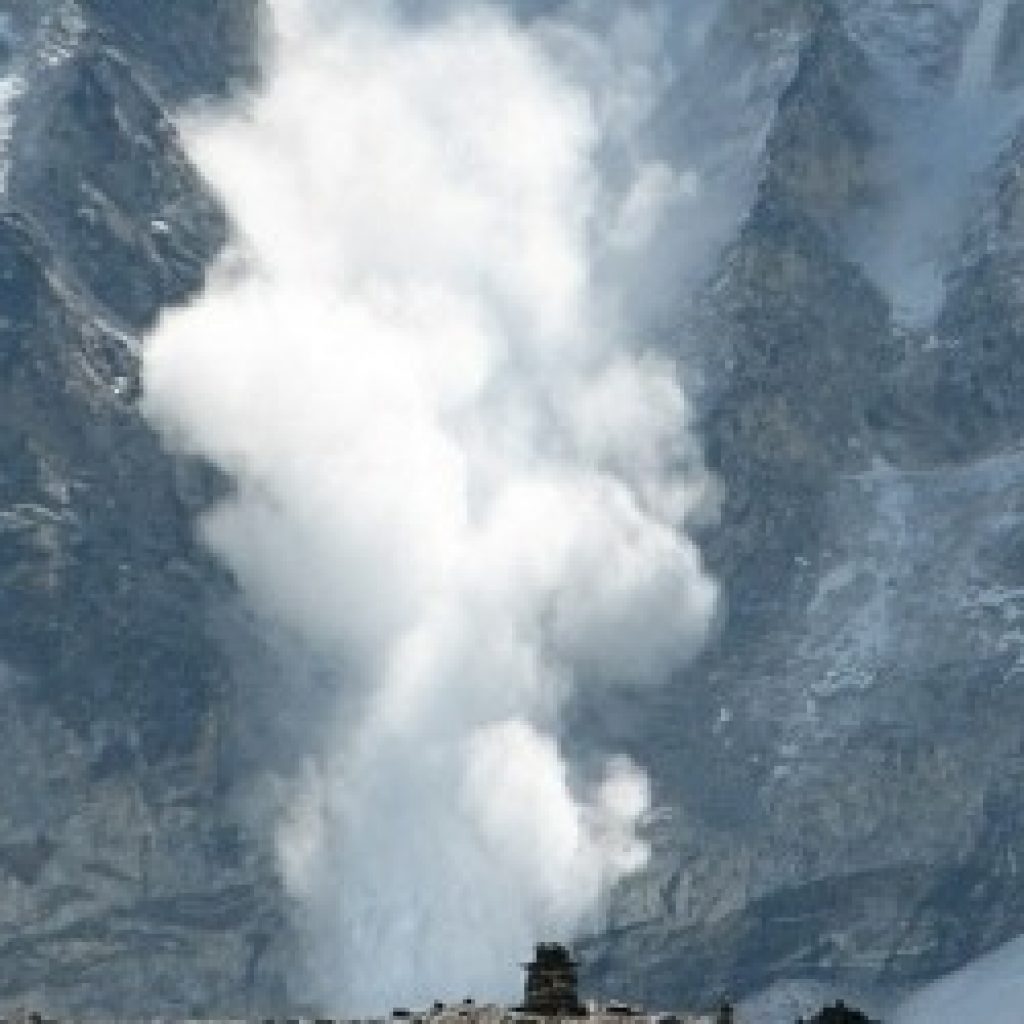(NextWeb) Scientists in the quantum computing field may have found a eureka moment in recently published physics research conducted by an international team with representatives from Cornell, Harvard, Université Paris-Sud, Stanford, University of Tokyo and other centers of academia. In a paper titled “Using Machine Learning for Scientific Discovery in Electronic Quantum Matter Visualization Experiments” the team explored a 20 year-old hypothesis that could lead to the creation of a room-temperature superconductor. Optimists might consider this work “a snowball that could cause a quantum computing avalanche.”
There’s a physics problem with superconductors called “cuprates” that nobody has been able to figure out yet. It basically says that as a cuprate’s temperature is lowered to the point where it can conduct, it enters a mysterious state called a “psuedogap” wherein researchers aren’t able to determine what’s happening. This team created a machine learning paradigm that could figure out one of hypotheses regarding the pseudogap: 1) cuprates’ psuedogap is the result of strong interactions between particles; 2) or it’s the result of weakly interacting waves. The AI-generated result result indicates the behavior of the psuedogap more closely resembles the particle-like hypothesis than the wave-like one. Unfortunately, there was no “C” option since the neural network not generate its own hypothesis, so this work isn’t definitive by any means.
New Physics AI Could Be a ‘Snowball that Causes a Quantum Computing Avalanche’
